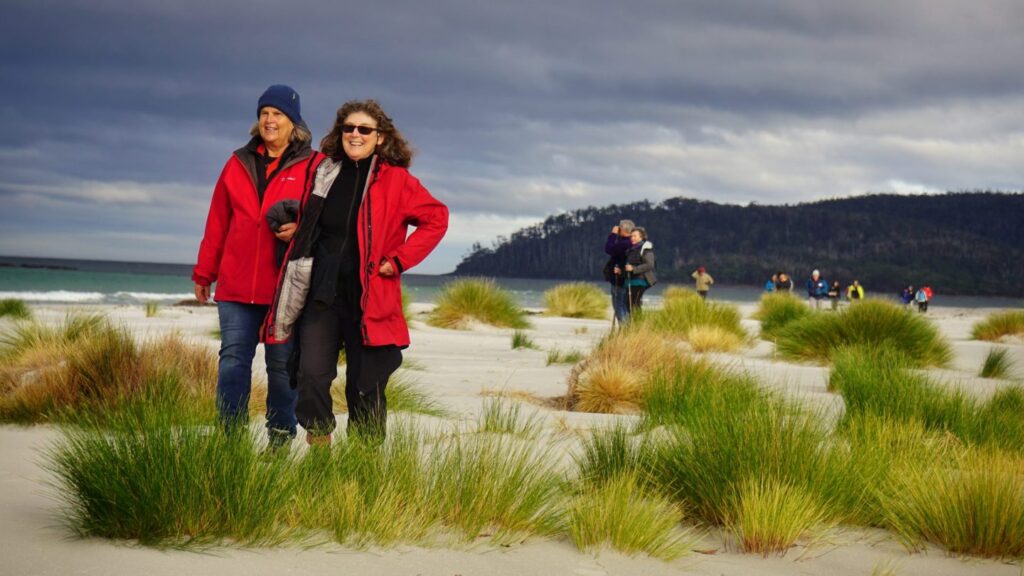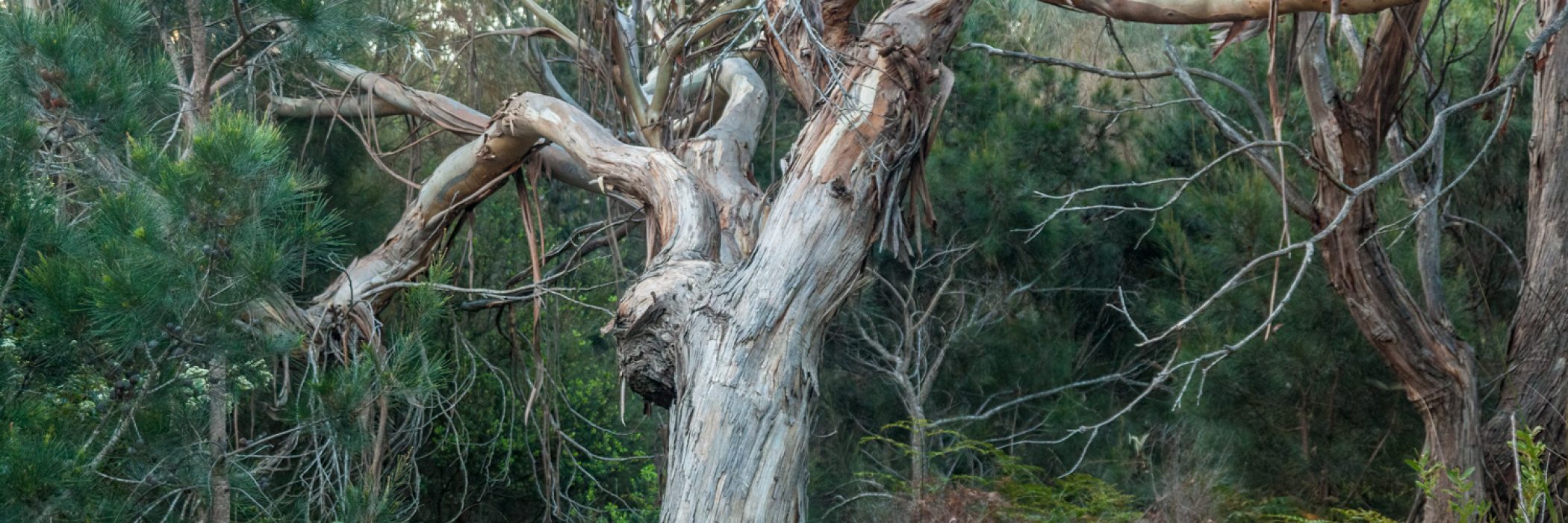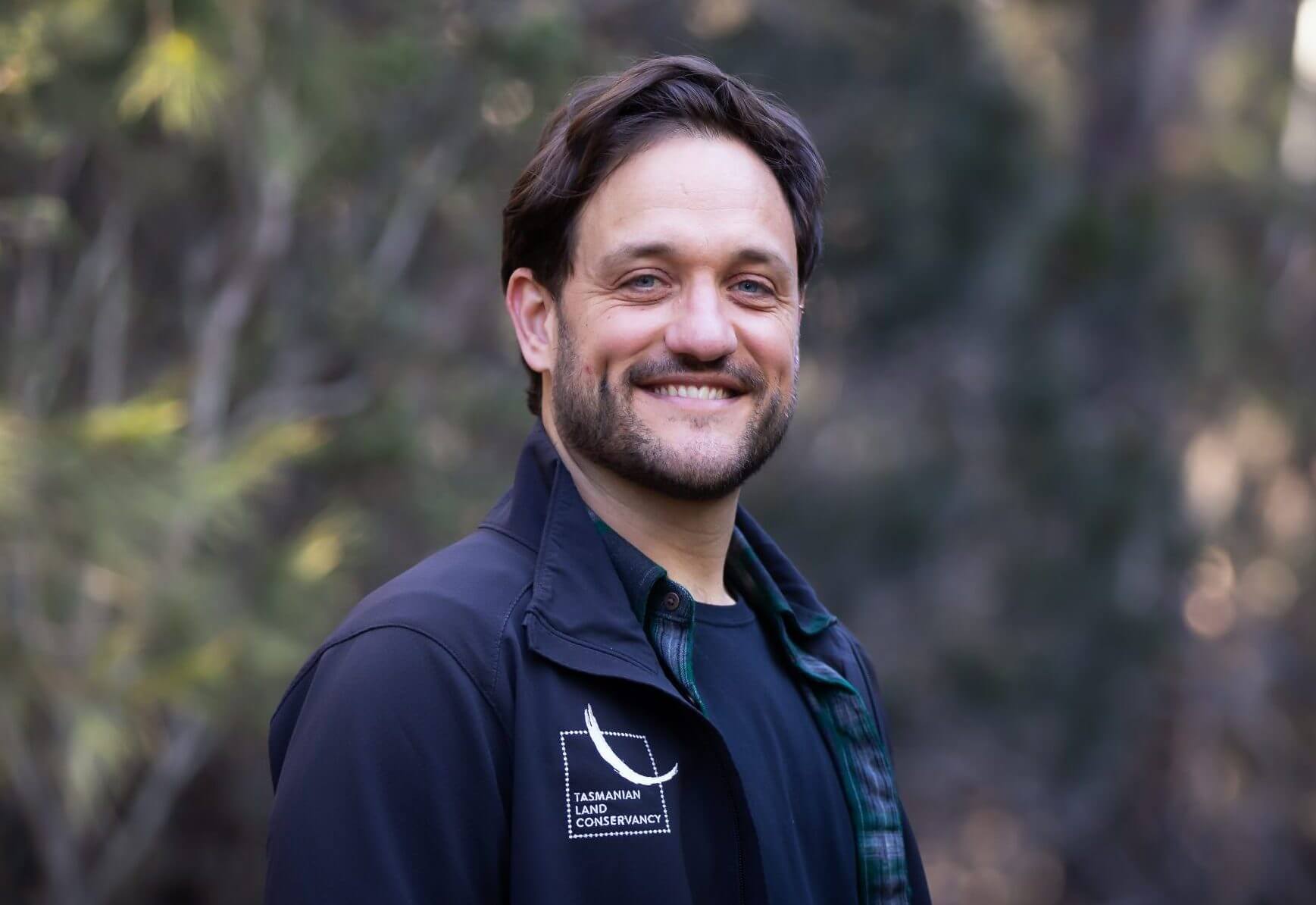2023 highlights
This article is adapted from a speech given at the TLC’s 2022-23 AGM.
This year sees us pass the halfway point of our Strategic Plan, with great progress being made across all of our strategic areas: Nature, People, Influence and Excellence.
We continue to conserve areas of high natural value using the best available science applied with adaptability and cultural awareness amid increasing social and environmental change. Over 9,500ha was protected this year through the creation of three new reserves and our conservation programs – taking us to 19,000ha protected since 2020. We are well on our way to achieving our ambitious goal of protecting 30,000ha by 2025. The total land protected through TLC activities now sits at just under 100,000ha.
This year saw the creation of the Sloping Main Reserve, including an extension to the original purchase that added the ecologically significant Burdens Marsh to the reserve, providing a critical connection across aquatic and terrestrial habitats. We are continually inspired by the generosity of our supporters and the speed with which they respond to our campaigns. Our community raised $3.8m in four short months to purchase and protect Sloping Main in perpetuity. A big thank you goes to the Elsie Cameron Foundation for their ongoing support and belief in the TLC by matching every dollar we raised to achieve our fundraising targets.
The creation of Silver Plains Reserve was a momentous outcome for the organisation. Protecting 6,700 hectares in the Central Highlands, this became our second-largest reserve. The property was acquired as part of the New Leaf Estate in 2010 and through the sale of two other covenanted New Leaf properties to a conservation-minded buyer, we could make the required capital contribution to the TLC Foundation to fund the long-term management and elevate Silver Plains as a reserve.
Elsie Cameron Foundation’s donation of 80 hectares at St Helens on the east coast in June created the Piano Coves Reserve, providing an exciting opportunity to further contribute to the longstanding community conservation effort in the north-east. This reserve also borders Diana’s Basin, the property the TLC purchased with the Tasmanian Aboriginal Centre in 2021.
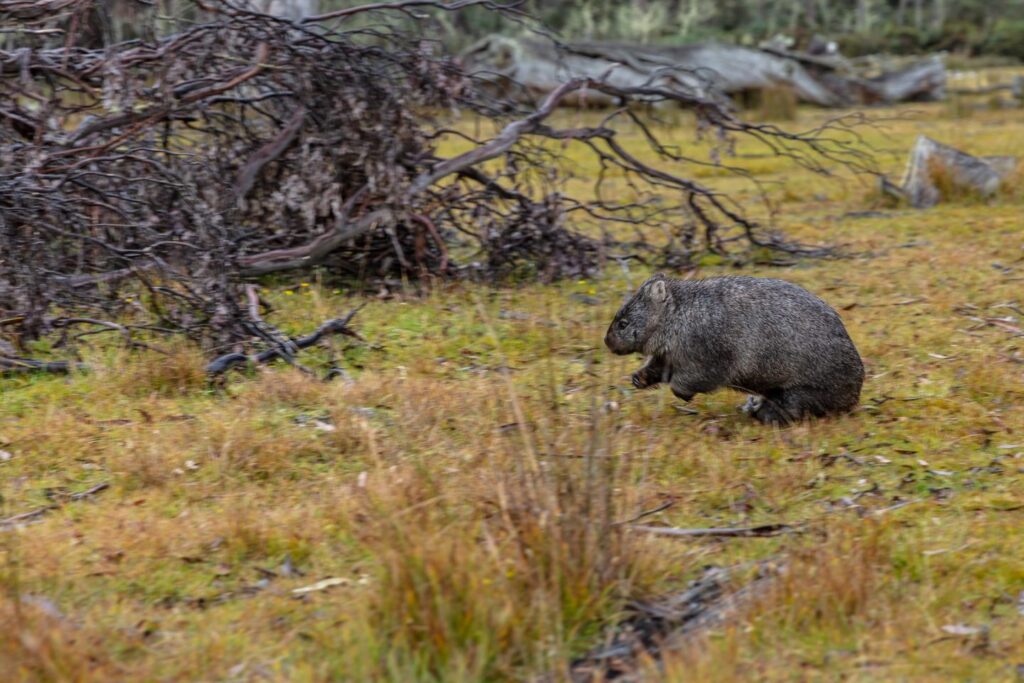
Our conservation programs working with landholders continue to provide diverse and practical ways for people to contribute to and be involved in nature conservation. The Land for Wildlife community is growing by the day. This year 63 new properties joined the program, taking the total involved to 769, collectively managing over 26,000ha. We continue to invest in the program for the long-term with the addition of long-standing TLC staff member and dedicated community conservationist Anna Povey as our new coordinator for the north of the state; she joins Phil Wise, our southern coordinator, and the nine community-based expert volunteer assessors supporting landholders in their communities.
Through ALCA (of which TLC remains an active and proud founding member), our LFW Coordinators have been able to build connections with other state-based LFW programs to provide collective support and share knowledge, learnings and resources. LFW remains fully philanthropically funded and we deeply thank the Elsie Cameron, David and Jennie Sutherland and Ian Potter foundations for supporting the growth of this effective and efficient program which is building a strong conservation ethic among landholders and communities across the state. It is so much more than a sign on the gate! To ensure we support LFW landholders we delivered fpir regional landholder-focused workshops this year, with 148 landholders attending. We have also continued the integration of WildTracker, TLC’s citizen science fauna monitoring program. with 90 LFW landholders actively monitoring their properties this year.
The ever-reliable Revolving Fund, now in its 16th year, sold three properties to conservation-minded buyers at Bruny Island, Orford and Little Swanport and we have two new listings which are about to be advertised on Bruny Island and at Miena in the Central Highlands. Our partnerships with the NRM regions and the State Government continue to provide the opportunity to protect areas of high conversation value with conservation covenants, targeting black gum and blue gum forest communities and priority swift parrot habitat.
Fundamental to all of this protection, is ensuring we are protecting the most important areas.
Our new Conservation Prioritisation Tool, using the Marxan software was completed this year, building on the former World Class Reserve System. The tool identifies and prioritises areas of high conservation value to guide our work, from acquisition to landholder programs and includes the addition of climate resilience layers to inform our decision-making.
Ecological monitoring remains core to our long-term conservation efforts. This year across 11 reserves, 332 individual sites were monitored as part of our long-term ecological monitoring program. Vegetation condition was stable or improving across the reserves monitored. Newly established comprehensive baseline data was collected at Tinderbox Hills and Prosser River reserves with ongoing targeted species-specific monitoring occurring at Rubicon Sanctuary, Little Swanport, Vale of Belvoir, Tinderbox Hills, Five Rivers and Silver Plains reserves.
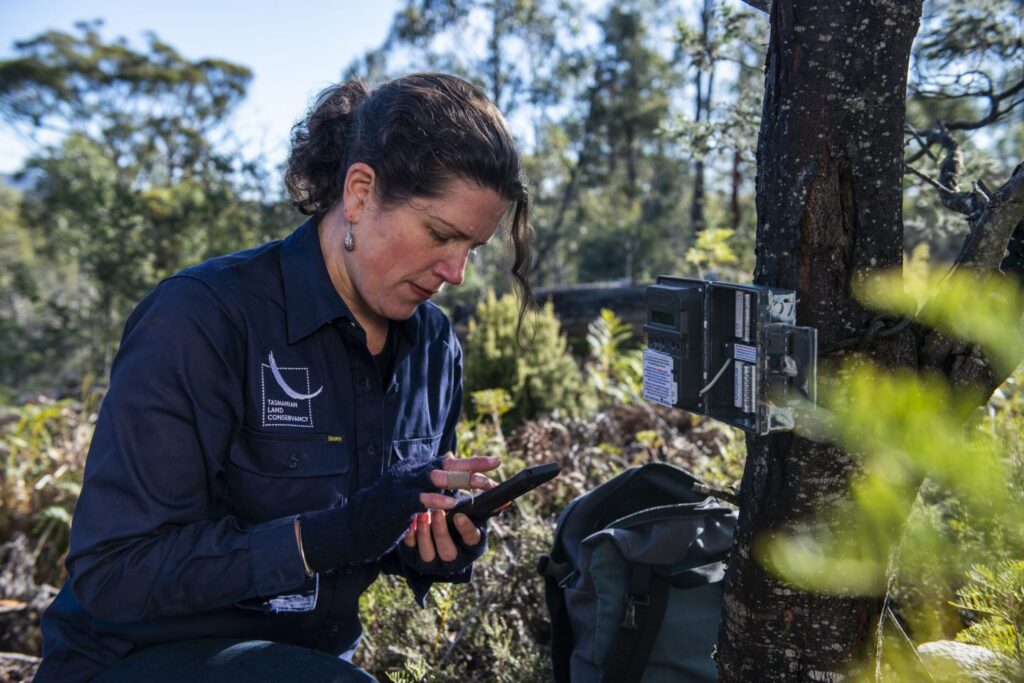
We continue to invest in on-ground effective conservation management reserve operations ranging from access management, invasive species control, fire management, restoration activities and infrastructure maintenance.
Key outputs for the year include:
- 130ha of gorse control at Long Point Reserve
- control of over 26,000 ragwort plants at Silver Plains Reserve
- primary Spanish heath control at Sloping Main Reserve
- 848 working days spent on reserve management-related activities
- 187 working days spent controlling weeds across the estate.
Engagement and involving people are critical to our purpose, and our suite of events and activities are key connectors for our community. This year the team delivered a range of community events, facilitated over 1000 property visits to reserves and was supported by 579 volunteer days from our dedicated community. We are deeply grateful for the many and varied ways people contribute to our work, from landholders, volunteers and donors. This year we have had over 1000 active donors of which 219 were first-time donors.
Putting people at the centre of our work is one of the most powerful ways to demonstrate the connectedness of our community. Damian Hope is a great example of that. In 2005 he donated our first-ever reserve, Silver Peppermint Reserve in the Derwent Valley. Some years later he established the Hope Family Fund in the TLC Foundation, which he continues to grow, and last year he and his partner Kate added their new Huon Valley property to the LFW network. Thank you, Damian and Kate.
The other person I want to mention is Michael Bentley. Michael was recently featured on the ABC sharing his and his late wife Christine’s deeply sad yet powerful story of their connection to Tasmania and support for the TLC through the establishment of the Solas Fund in the TLC Foundation and Michael’s gift in his will. Thank you, Michael, for your openness, vulnerability and willingness to share your story, we know it directly inspires others to do the same.
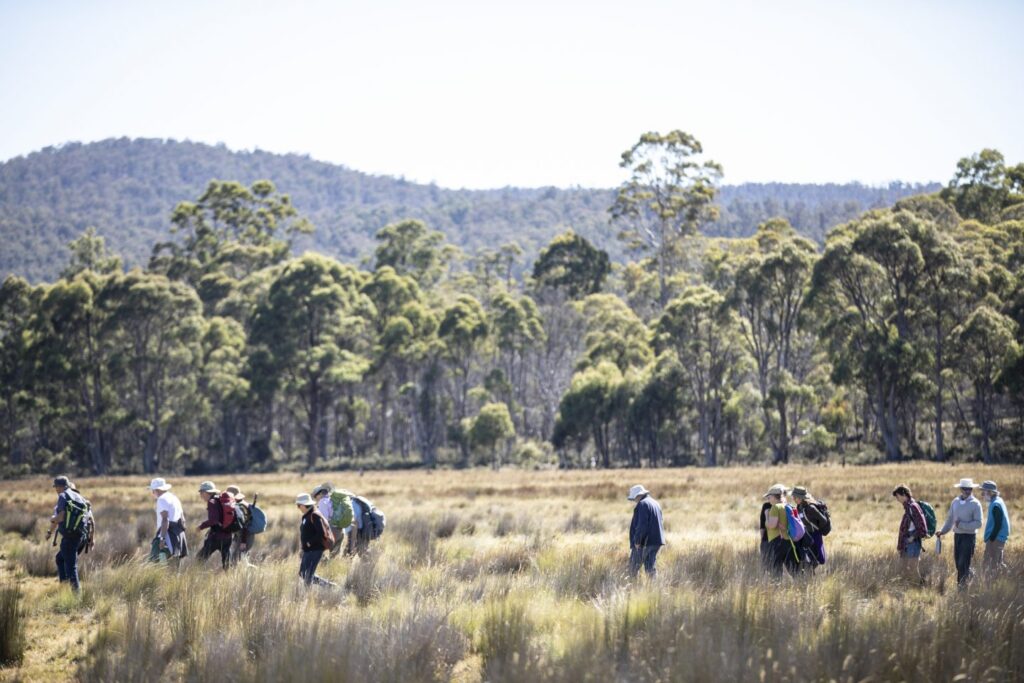
The TLC remains a leading contributor locally, nationally and globally to conservation science and our wider sector. During the year, TLC scientists published four peer-reviewed journal articles and one technical report. The team also supervises numerous post-graduate research projects, conservation interns, and university professional placements as well as supporting applied research through the Bird Conservation Fund scholarships. It would also be remiss to not mention the highly successful inaugural Conservation Science Symposium, even though it was delivered this year.
We also entered into two major new partnerships this year:
- The Australian Research Council (ARC) Linkage project with UTAS and WWF-Australia is five-year project with over $1m of investment and will focus on better understanding declines in eastern quolls and targeted management intervention.
- The Threatened Woodland Birds of Bruny Island Project working with Bruny Island Environment Network, Friends of North Bruny and the Forty-spotted Pardalote Recovery Team will work with LFW and other conservation landholders to improve habitat condition for threatened woodland birds.
This year we have been thrilled to welcome some phenomenal individuals to join the TLC team, with expertise in community engagement, events, conservation science and reserve management. I am constantly inspired by the contribution of our long-term staff, with special mention to Leigh Walters, who recently celebrated 16 years at the TLC. This experience, combined with the new ideas and perspectives of our new staff, the TLC workforce represents an impressive multi-disciplinary team working to achieve our ambitious goals. The TLC now employs 30 incredible people, representing 22.5 full-time equivalents with a collective contribution of over 92 years to the organisation. And as a TLC supporter and CEO, I say thank you to all of them!
We continue to invest in systems and technologies that provide a safe and supportive workplace to empower our staff to participate, learn and thrive. This year I was the beneficiary of the TLC’s culture of development, both professionally and personally and I want to express my deep gratitude for the opportunity to participate in SILA. In my 12th year at the TLC, I feel incredibly privileged to have been able to step away on a three-month sabbatical, to experience a new place, build connections, share stories and push myself out of my comfort zone to learn and grow. Thank you to the board for your belief and to our leadership team for your dedication, commitment and willingness to step out of your comfort zone. Thank you to Mel, Leigh, Jessie, Oliver, Elise, and a special mention to Cath for stepping up into the CEO role. The growth of the team, individually and collectively and the culture of leadership they have fostered is truly inspiring.
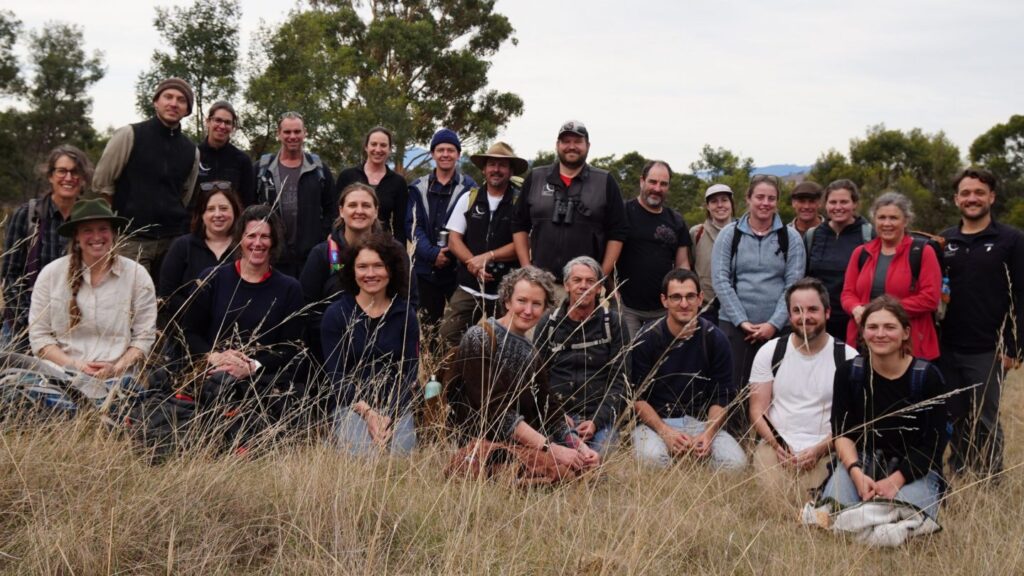
I want to finish by acknowledging and expressing our gratitude to the elders of our community, both past and present.
This year we lost two very special people from the TLC and the wider conservation community.
Philippa Woodward passed away early this year. Philippa became a supporter of the TLC in 2009 through the Recherche Bay campaign. Philippa grew up in the Tasmanian Midlands and went to school in Hobart town and was always deeply connected to the Midlands even when she moved to the mainland as a young adult. In 2010, Nathan Males took Philippa and her sister June to Recherche Bay to see the sign with her name on it. Over the years Jane Hutchinson and I visited Philippa in her nursing home in Melbourne and she always recounted that trip and how special it was to see it protected. She also always checked in on her beloved Midlands as well. In 2012, Philippa established the Michael Buxton Fund in the TLC Foundation in memory of her nephew. Philippa was a bright, wonderful, articulate, kind, well-read and empathetic woman.
Another very special person we lost recently was Hilary Bennell. As many of you know I love taking photos, particularly of people in nature. And a photo I took of Hilary and Wendy at Recherche Bay with our Foundation supporters in 2021 is one of my favourites. Hilary was a legend of the conservation movement in Tasmania, which was exemplified at her memorial service at the Fern Tree Hall, which was jam-packed to celebrate her life. Hilary also came to the TLC through the Recherche Bay campaign, attending the famous event on the steps of the Taroona office with Dick Smith and Bob Brown. She remained a quiet supporter ever since. In 2020, Hilary established the Bennell Family Fund in the TLC Foundation and attended every Foundation event up to her passing, including that very special trip to Recherche Bay in 2021 with some of her lifelong friends.
We offer our sincere condolences to both Hilary and Philippa’s families and thank them for their dedication, determination and deep connection to Tasmania.
We are privileged to walk in the footsteps of giants, full of wisdom yet often quiet and in the background, but these are the people who have paved the way for us today, we thank them, we honour them, and we respect their legacy in the work we do every day.
